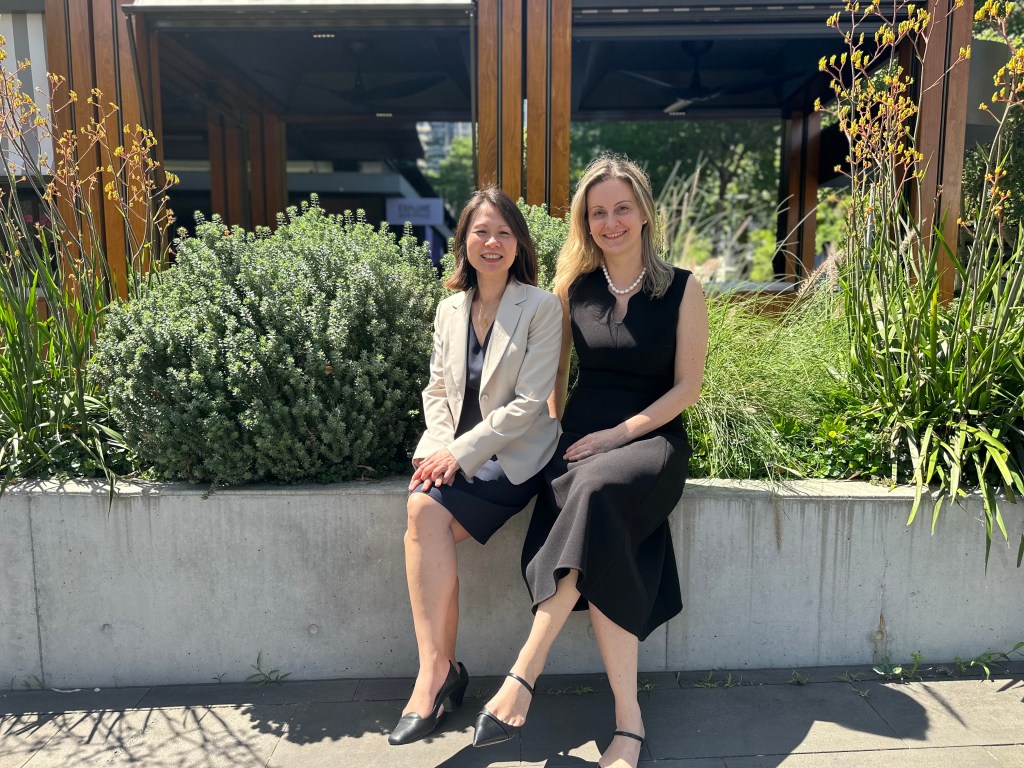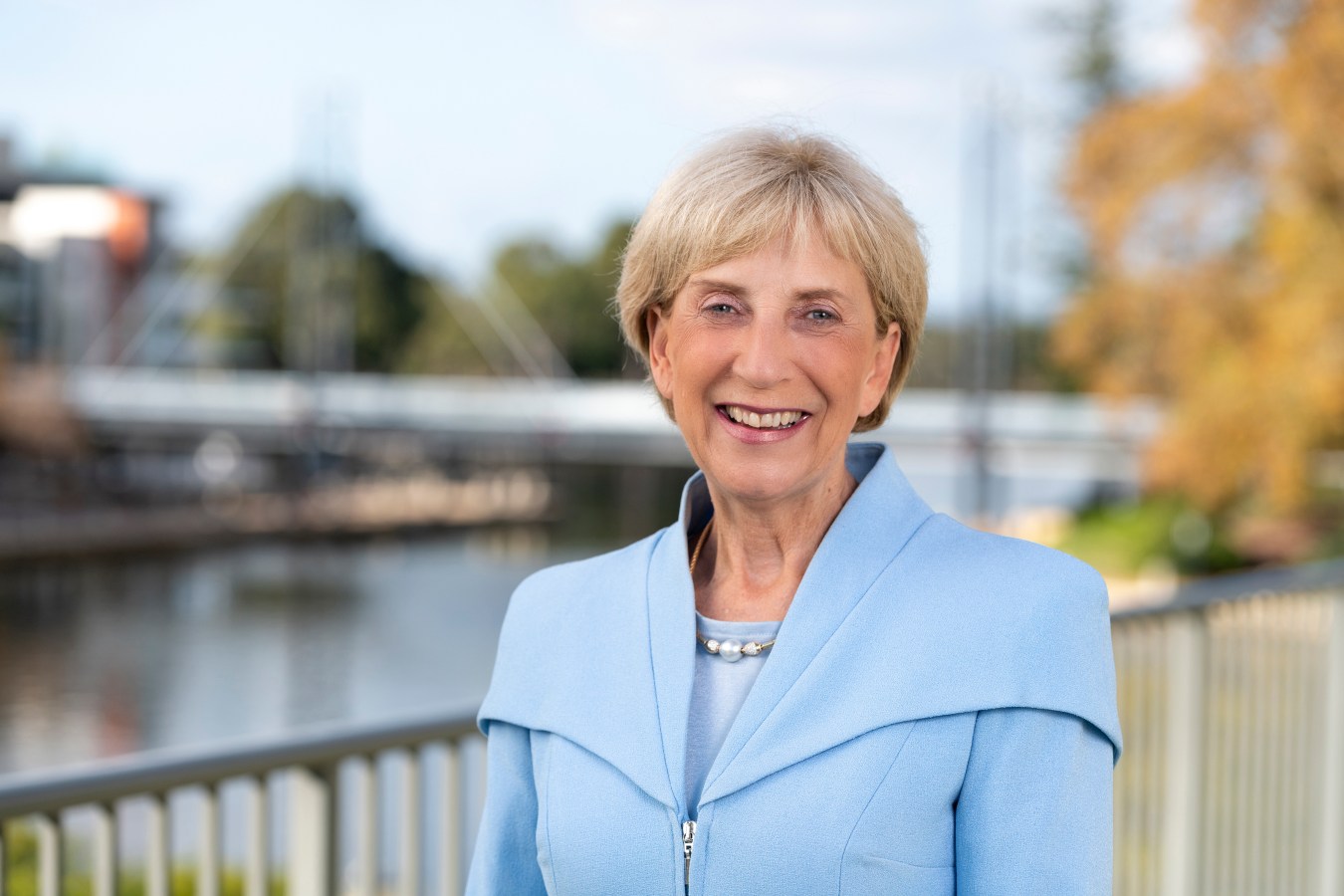Quantum Women recently ran a pilot program to elevate the voices of women in the quantum industry. Leaders say giving female scientists a seat at the quantum table is essential to prevent bias now showing up in AI.

As Australia races to establish itself as a global leader in quantum technology, an initiative is underway to ensure the industry doesn’t repeat the patterns of exclusion seen in the past.
Pauline Woo is the Ecosystem Development Lead at Quantum Australia. Woo frames the problem this way: “Look back at AI 10 years ago. One thing that we could have done differently is inject more diversity then, and we didn’t. I feel like quantum will have its AI moment soon, and I don’t want us to make the same mistake.”
This sense of urgency – and opportunity – is the driving force behind Elevating Quantum Women’s Voices (EQWV), an initiative by Australia’s Quantum Women organisation.
Founded in 2022, the Australian-based non-profit and professional network was created to “elevate, empower and inspire women” in STEM. It was started as a partnership with Quantum Australia – the nation’s federally funded industry growth centre.
The eight-week EQWV program focuses on three key pillars: providing mentor and training programs in quantum, facilitating career connections, and increasing visibility for women’s research.
Woo and Biliana Rajevic, who serve as co-program leads, are tackling a problem familiar to many in deep tech: supporting the growing number of women entering the field and increasing the visibility of female leadership at the top.
From the ‘wall chair’ to the boardroom table
For Rajevic, a co-founder of Quantum Women who also serves as the director of communications at Quantum Brilliance, the mission is personal. She draws a parallel to her previous career in a different male-dominated industry – finance – and describes sitting “on a chair near the wall” as opposed to actually sitting at the boardroom table.
It’s a metaphor for, as she put it, “waiting to be spoken to” and hesitating – feeling unsure if your thoughts are “important enough, relevant enough.”
The EQWV program is designed to counteract that “wall chair” mentality. “That’s what we’re trying to do,” Rajevic says. “We’re trying to tell women who work in quantum, ‘Look, you’ve earned a seat at the table. You have a PhD or a master’s in engineering… Now have the confidence to speak up.'”
This confidence gap is a recurring theme. Woo tells a story from a recent cohort of the program, which brought together 26 participants from across the quantum industry.
“About 60% of the women have a technical background,” Woo explains. “Five women came with me for a workshop at SXSW Sydney… all of them are technical… and on a form they all stated that they only know ‘a little bit’ about quantum. Can you believe that? They have PhDs in quantum, but that is how they perceive themselves.”
Bridging the ‘double translation gap’
A central challenge in quantum, and deep tech more broadly, is the “double-sided translation gap,” says Woo. This is the chasm that separates technical researchers from the non-technical end-users, investors, and managers who need to understand their work.
The EQWV program arms its participants with the communication skills needed to bridge this gap. It’s an initiative facilitated by 10 coaches and hosted by industry players—KPMG, AWS, Quantum Brilliance, Stone & Chalk, and Gilbert + Tobin, among others.
Woo offered an example of the double translation gap. One participant, a non-technical manager, needed to get a practical plan from a brilliant, highly technical researcher.
Her initial approach was to ask a broad question, like, “What do you think about this?” The researcher responded by “writing this mathematical equation that took about 45 minutes,” Woo explains.

The EQWV training taught the non-technical manager to change her communication style. Instead of asking a vague question, she learned to be specific, framing her request in terms of the practical, operational outcome she needed.
This new approach, Woo says, changed the dynamic of the quantum team. The researcher understood what was being requested and provided useful, non-theoretical answers.
“Learning those communication skills were an eye-opener for me too,” Rajevic says. “I went through that program just like everybody else did. And when I presented to the Tech Council board, I used one of the techniques I had learned through EQWV.”
Seeing it to be it
A tenet of the program is the power of “seeing it to be it”—a concept well-established in social psychology. The principle is that a lack of visible role models can prevent individuals from seeing a particular career as a viable option for themselves.
Woo says one participant in the 2025 program, Jenny, advocated for more visibility for women in the quantum field, explaining that not seeing female scientists in her own childhood meant she didn’t think a career in quantum was possible for her.
“We’re trying to tell women who work in quantum, ‘Look, you’ve earned a seat at the table. Now have the confidence to speak up.'”
Biliana Rajevic, co-founder Quantum Women
Rajevic is actively creating those role models for the next generation to aspire to be. She recalls a recent BBC tv interview, where she suggested one of her talented female scientists take part.
The scientist was hesitant. Rajevic gave her the gentle nudge she needed.
“I think if I had said ‘do you want to do this?’ and left it to her, the answer would have been ‘nah,'” Rajevic says.
After their chat and Rajevic’s encouragement, the scientist went ahead with filming that turned out very positively.
The national stakes
The EQWV pilot program was funded by a federal grant that came via Quantum Australia. Woo and Rajevic hope to run two more cohorts and eventually build a national program.
The stakes, they argue, are high. With industry leaders like Robyn Denholm and Silicon Quantum Computing founder Michelle Simmons confident that Australia has a “chance to be global” in quantum, ensuring diversity is important.
“You need that female way of thinking,” says Rajevic. “We all have blind spots, and I think together we can cover off each other’s blind spots.”
Woo agrees, framing it as a matter of competitive advantage. “You want diverse views. You don’t want to hire five people who look and sound exactly like you, because you’re not going to have different, valuable perspectives.”
For Woo, the program is the first step in a larger vision for Australia’s quantum ecosystem.
“I have big dreams for this program, simply because I’ve been so inspired,” she says. “It needs to be sustainable, and that’s where allies are important. I’m working to figure out how to pull in more allies to create a truly pioneering diversity program for quantum in Australia.”
Look back on the week that was with hand-picked articles from Australia and around the world. Sign up to the Forbes Australia newsletter here or become a member here.


